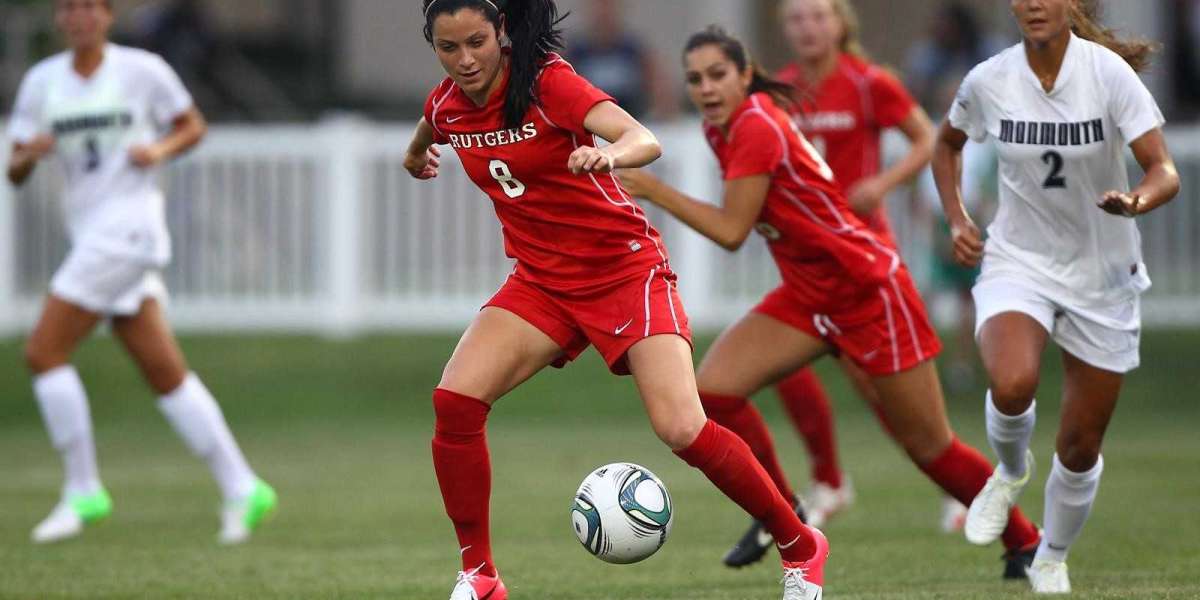Historical Perspective
Women's football has a rich history that dates back to the late 19th century. It was initially met with resistance and skepticism, with societal norms and gender stereotypes hindering its progress. Nevertheless, women's passion for the sport persisted, leading to the formation of the first women's football team in 1895 in England.
Despite numerous setbacks and controversies, women's football began to gain traction in the early 20th century. The 1920s saw the establishment of women's national teams in various countries, and the first Women's World Cup was held in 1991. This marked a significant turning point for the sport, as it demonstrated that women's football had the potential to capture a global audience.
Increased Participation
One of the fundamental drivers of the growth of women's football has been the increased participation of women and girls at all levels of the game. Grassroots initiatives, school programs, and community clubs have played a crucial role in encouraging girls to take up football from a young age. These programs have not only provided opportunities for skill development but also fostered a sense of belonging and camaraderie among female players.
Additionally, the inclusion of women's football in major international sporting events like the Olympics has further promoted the sport and inspired a new generation of female athletes. As more girls pick up a football and dream of becoming professional players, the talent pool in women's football has expanded, resulting in higher-quality matches and more competitive leagues.
Investment and Sponsorship
Another key factor in the growth of women's football has been the increased investment from both public and private sectors. National football associations, as well as major clubs, have recognized the potential of the women's game and have started to allocate resources accordingly. This includes funding for infrastructure, coaching, and player development.
Sponsorship deals and broadcasting rights have also seen a significant uptick. Major brands and corporations have recognized the value of aligning themselves with women's football, leading to lucrative sponsorship agreements. Furthermore, television networks and streaming platforms have been eager to broadcast women's football matches, making the sport more accessible to fans around the world.
Role Models and Icons
The emergence of iconic female footballers has played a crucial role in the growth of the sport. Players like Marta Vieira da Silva, Abby Wambach, and Megan Rapinoe have not only achieved great success on the pitch but have also become advocates for gender equality in sports. Their visibility and outspokenness have helped raise awareness about the challenges women face in football and have inspired countless individuals to pursue their own footballing dreams.
In addition to individual role models, successful national teams have garnered immense support and enthusiasm. The United States women's national team, for example, has captured the hearts of fans worldwide with their dominant performances and advocacy for equal pay. These teams serve as powerful symbols of excellence and resilience in women's football.
Breaking Down Barriers
The growth of women's football has been accompanied by efforts to break down barriers and challenge traditional gender norms. One of the most significant milestones in this regard was the fight for equal pay. Female players have courageously advocated for equitable compensation, often drawing attention to the stark disparities between the salaries and bonuses of male and female footballers. This has led to important changes, with many football associations and clubs committing to pay parity.
Moreover, initiatives to eliminate discrimination and harassment within the sport have gained momentum. These efforts have not only created safer environments for female players but have also made football more inclusive and welcoming for everyone, regardless of gender identity.
Global Expansion
Women's football is no longer confined to a few regions or nations. It has become a global phenomenon, with teams from all continents competing at the highest level. The expansion of women's football on a global scale has not only increased the talent pool but has also diversified playing styles and tactics.
The FIFA Women's World Cup has played a significant role in promoting the global reach of women's football. The tournament has consistently attracted a large and diverse viewership, helping to foster international interest in the sport. As a result, more countries have invested in their women's national teams and leagues, further accelerating the growth of women's football worldwide.
Conclusion
The growth and success of women's football represent a remarkable journey of resilience, determination, and progress. From its humble beginnings to its current status as a global phenomenon, women's football has overcome numerous obstacles and challenges. Increased participation, investment, and sponsorship, along with the emergence of role models and icons, have propelled the sport to new heights. Moreover, efforts to break down barriers and promote equality have made women's football more inclusive and empowering than ever before.





